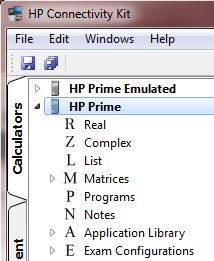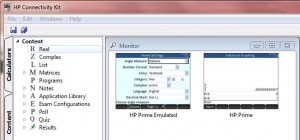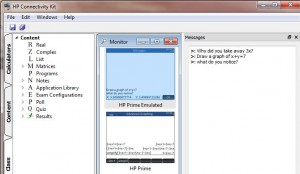Where we were working in South East London, a number of students would arrive in England for the first time in the middle of secondary school. They would have very little English language and would try to get into local secondary schools. The schools would turn them away because they assumed that these students would end up with poor grades and compromise their exam statistics. So, a unit was set up to support these students make the transition to school. I got together with Gwyn Jones to produce a course designed to teach the mathematics content of GCSE with the minimum of language, but developing the key technical vocabulary of maths and of school while they learnt. The materials were supported by online interactives to see the maths dynamically and practice the ideas in an open format. There was a very low language pre-test, so that the student could show what they already knew, a tracker sheet to choose the maths they now needed to work on, a large collection of activity sheets to develop the maths and a post test with the same language demands of a normal maths test to show the schools how good they were.
In the very first group of students to use the first version of materials there was a student who had just arrived from East Africa. He had been rejected by every school in the borough. He took the pre-test and got 100%. He worked on the advanced materials and did the same on the post test. He took his work as a portfolio back to the schools and immediately found a place. Within 18 months he had an A* in GCSE maths.
We are proud to announce that we have now redesigned and updated this course and made it available to schools. Called Access to Mathematics it comes as one of our course boxes (like our well known gifted and talented courses; Wondermaths and Illuminate). There is a comprehensive teacher guide with notes on running the course. Ten copies of the comprehensive student book (120 pages) and access to the online interactives, test, answers, etc. in the Access to Mathematics web site. Priced at £195 this gives access to mathematics for all of your students for whom English is an Additional Language from those who have just arrived with no English to those who appear to have conversational English, but cannot access or succeed at maths in lessons.
Everything is described diagrammatically, putting the maths into a visual structure. Two colours are used to emphasise the structure and the maths is practised through this structure, gradually peeling it away to leave the formal symbolic maths. The course worked well supervised by non-specialist teachers as it is designed largely for self-teaching. However, with access to a specialist teacher, the materials could be used for a whole range of learners where reading and language demands of any sort are an issue.
Once you have the box, further copies of the students books are available in packs of 10 priced at £45. So, you can use them as a standard class text if you want. The overall content is covers about 90% of a higher level GCSE.
We are very proud of this publication. We have so often seen excellent mathematicians languishing in low achieving sets simply because they are still learning English and find accessing conventional books difficult. Now, they can quietly and quickly show everyone how much they know and can do, while learning the essential school language that they need.


